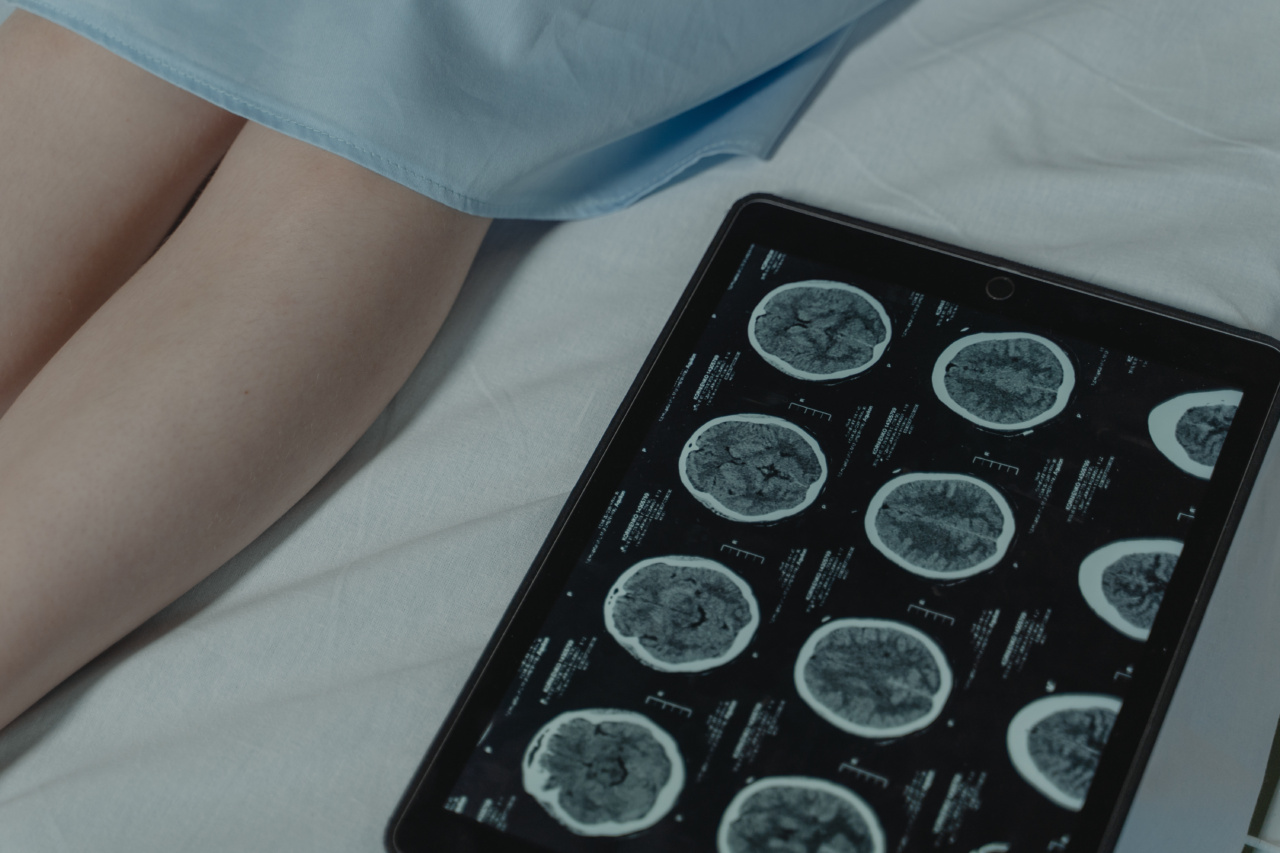Lung cancer is one of the leading causes of death worldwide. Early detection and accurate diagnosis are crucial for effective treatment and improved patient outcomes.
Over the years, advancements in technology, particularly in the field of computers, have revolutionized lung cancer diagnosis.
1. Introduction
In the past, the diagnosis of lung cancer relied heavily on radiologists’ visual interpretation of medical images, such as chest X-rays and CT scans. However, human errors and subjectivity could often lead to misdiagnosis or delayed diagnosis.
The integration of computers in the diagnostic process has significantly improved accuracy and efficiency.
2. Computer-Aided Diagnosis (CAD)
Computer-aided diagnosis (CAD) systems utilize machine learning algorithms and image processing techniques to assist radiologists in interpreting medical images.
These systems extract relevant features from the images and compare them with vast databases of known cases, helping identify suspicious areas and potential lung cancer lesions.
3. Early Detection
The ability of computers to analyze medical images swiftly and accurately enables the early detection of lung cancer.
CAD systems can detect subtle abnormalities that may be overlooked by human observers, increasing the chances of identifying lung cancer at its initial stages when it is most treatable.
4. Improving Diagnostic Accuracy
Studies have shown that the combination of CAD systems with human expertise results in higher accuracy rates in lung cancer diagnosis compared to either method alone.
The computer’s ability to process large amounts of data and detect patterns assists radiologists in making accurate judgments, reducing the risk of misdiagnosis and unnecessary invasive diagnostic procedures.
5. Integration of Artificial Intelligence
Advancements in artificial intelligence (AI) have further revolutionized lung cancer diagnosis. Deep learning algorithms, a subset of AI, can learn from vast amounts of medical data and continuously improve their diagnostic accuracy.
These algorithms can also predict patient outcomes based on medical image analysis, contributing to personalized treatment plans.
6. Virtual Tumor Boards
Virtual tumor boards allow multidisciplinary teams of physicians and specialists to collaborate on diagnosing and treating lung cancer cases remotely.
These platforms leverage advanced computer technologies, enabling efficient sharing and analysis of patient information, medical images, and treatment plans. The integration of computers in the tumor board process enhances communication and decision-making, ultimately improving diagnosis accuracy.
7. Quantitative Imaging Biomarkers
Computers play a fundamental role in quantifying imaging biomarkers to aid in lung cancer diagnosis and treatment planning.
By objectively measuring and analyzing tumor characteristics, such as size, shape, and texture, computers provide valuable information for prognosis and treatment response evaluation. This quantitative approach enhances the accuracy of diagnoses and enables personalized treatment strategies.
8. Challenges and Limitations
Despite the significant advancements, the widespread adoption of computer-based technologies in lung cancer diagnosis still faces challenges.
Limited access to high-quality medical imaging datasets and the need for robust validation studies are some of the barriers hindering large-scale implementation. Ethical and legal concerns regarding patient privacy and data security also require careful consideration.
9. Future Directions
The future of lung cancer diagnosis lies in further advancements in computer technologies and artificial intelligence.
Improving CAD systems’ performance and enhancing the integration of AI algorithms can lead to even more accurate and efficient diagnoses. Additionally, the development of standardized protocols for data sharing and collaboration will facilitate wider use of computer-based technologies across healthcare facilities.
10. Conclusion
The role of computers in improving lung cancer diagnosis accuracy cannot be underestimated.
From assisting radiologists in interpreting medical images to enhancing collaborative decision-making through virtual tumor boards, computers have revolutionized the field. Continued advancements in computer technologies, artificial intelligence, and the collaborative efforts of medical professionals will further improve lung cancer diagnosis and contribute to better patient outcomes.






























